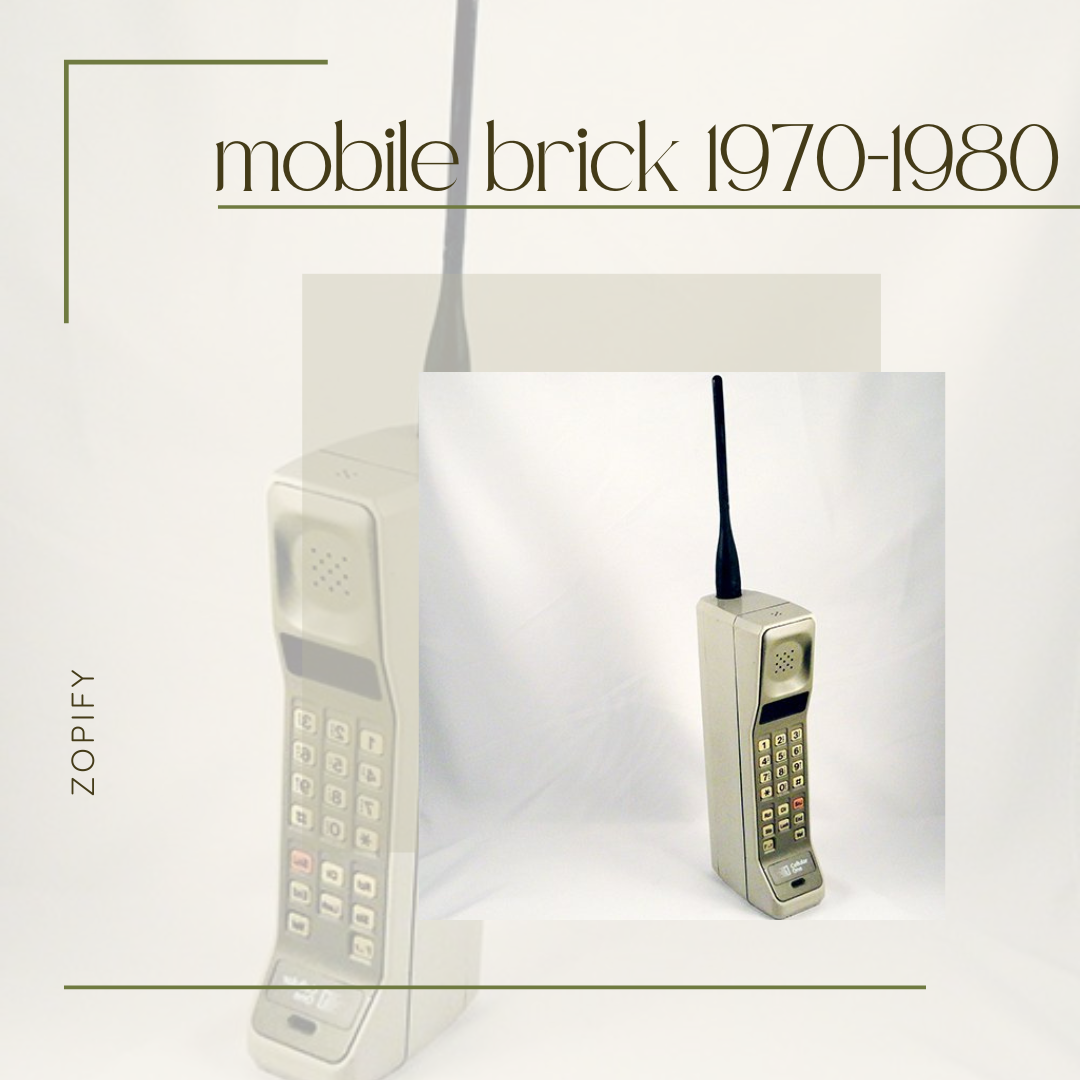The Evolution of Mobile Phone Technology: A Complete Journey from Brick to Smart
Introduction
In just a few decades, mobile phones have gone from luxury gadgets to everyday essentials. Today’s smartphones are powerful mini-computers, blending communication, entertainment, photography, and productivity in one sleek device. But how did we get here? This article explores the fascinating evolution of mobile phone technology, from the earliest mobile devices to the 5G-powered smartphones of today.
The Birth of Mobile Phones (1970s–1980s)
The concept of mobile communication started taking shape in the 1970s, when engineers began developing wireless communication systems. The first real breakthrough came in 1983 with the release of the Motorola DynaTAC 8000X, often dubbed the “brick phone.” It weighed nearly 2 pounds, had a battery life of 30 minutes, and cost around $4,000.
While bulky and expensive, it laid the groundwork for wireless voice communication, transforming the future of connectivity.
Key Features:
Analog voice communication
Large size and weight
No display screen
Limited battery life
Second Generation (2G): The Digital Leap (1990s)
The 1990s ushered in 2G (second generation) mobile phones, marking the shift from analog to digital communication. This change improved voice clarity, security, and allowed for the introduction of text messaging (SMS).
Phones became smaller, lighter, and more affordable. Brands like Nokia and Motorola dominated this era with iconic models like the Nokia 3310, known for its durability and long battery life.
Innovations:
Digital signal processing
Text messaging (SMS) and picture messaging (MMS)
Basic games (e.g., Snake)
Monochrome LCD displays
Third Generation (3G): Mobile Internet Enters (Early 2000s)
With the rise of the internet, 3G networks emerged, enabling mobile phones to connect to the web at decent speeds. This opened the doors to video calling, email, and mobile browsing, making mobile phones more versatile than ever before.
This era also saw the birth of the smartphone. Devices like the BlackBerry and Palm Treo catered to business users, offering email and calendar features alongside voice calling.
Highlights:
Internet browsing
Video calling and multimedia messaging
Integration of cameras
Introduction of early mobile apps
The Smartphone Revolution (Late 2000s)
The real game-changer came in 2007 when Apple launched the iPhone. It wasn’t just a phone—it was a touchscreen device with a powerful operating system and access to the internet like a computer. The same year, Google introduced Android, making smartphones accessible to a wider audience.
This period marked a massive leap in mobile phone capabilities.
Revolutionary Features:
Full touchscreen interface
App stores (iOS App Store, Google Play Store)
Capacitive touch technology
Multi-tasking and advanced operating systems
Smartphones quickly replaced MP3 players, GPS devices, cameras, and even PCs for many casual tasks.
4G LTE and the Rise of Mobile Streaming (2010s)
By the 2010s, 4G LTE networks brought high-speed mobile internet, enabling HD video streaming, online gaming, and real-time navigation. Mobile phones were now content consumption hubs, used for YouTube, Netflix, Spotify, and more.
Smartphones like the Samsung Galaxy series, iPhone 6 and above, and Huawei models brought faster processors, enhanced cameras, and edge-to-edge displays.
Major Trends:
1080p and 4K video recording
Biometric authentication (fingerprint, facial recognition)
AI-powered photography
Virtual assistants (Siri, Google Assistant)
5G and Beyond: The Era of Hyper-Connectivity (2020s)
Today, 5G technology is setting the stage for the next generation of mobile experiences. With ultra-fast speeds and low latency, 5G allows for real-time communication, smart home integration, AR/VR applications, and even remote surgeries via mobile devices.
Phones like the iPhone 13/14, Samsung Galaxy S21/S22, and newer OnePlus and Xiaomi models are all optimized for 5G networks.
Cutting-Edge Features:
Augmented and Virtual Reality (AR/VR)
AI integration in every function
Advanced mobile gaming
Foldable screens and futuristic form factors



